blog»SEO»The Ultimate SEO Playbook for Shopify and Beyond: Tips, Tools, and Tactics
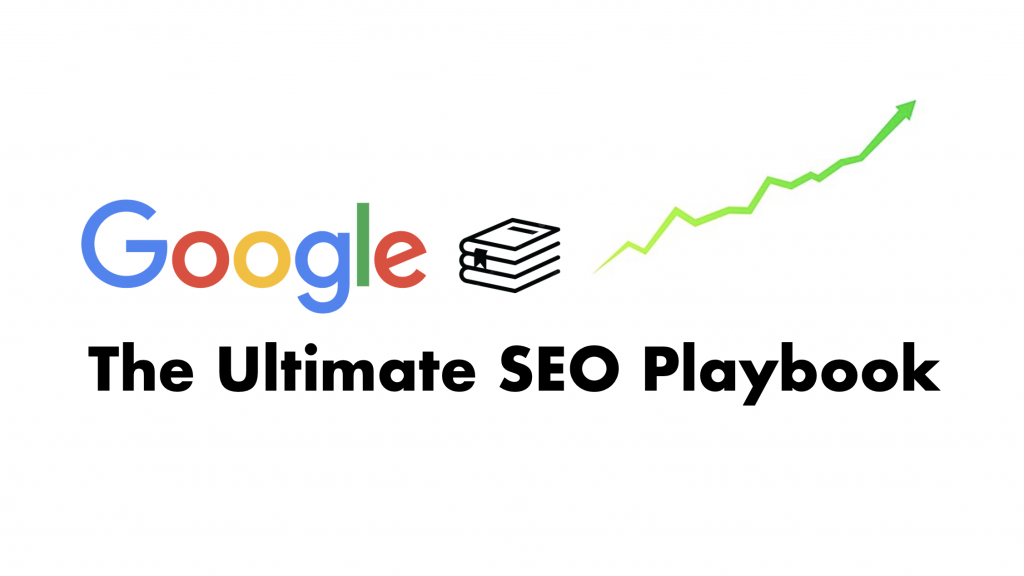
The Ultimate SEO Playbook for Shopify and Beyond: Tips, Tools, and Tactics
2024/01/22
You can read this article in about 33 minutes
Introduction
Welcome to “The Ultimate SEO Playbook for Shopify and Beyond,” where the daunting world of e-commerce SEO becomes not just approachable, but conquerable. In the ever-evolving digital marketplace, standing out is key, and the right SEO strategy can be your golden ticket. This isn’t just about being visible; it’s about shining in a sea of online stores.
Imagine your e-commerce site not just climbing the Google rankings, but soaring to heights that genuinely drive traffic, boost sales, and create an enduring online presence. That’s not a distant dream – it’s a tangible goal. And the best part? You don’t need to be an SEO guru to make it happen.
This guide is tailored for e-commerce marketers, whether you’re fine-tuning an established store on Shopify or crafting a new digital storefront from scratch. We’ll walk you through the most effective SEO tips, introduce you to tools that do half the heavy lifting, and even share some inspiring success stories.
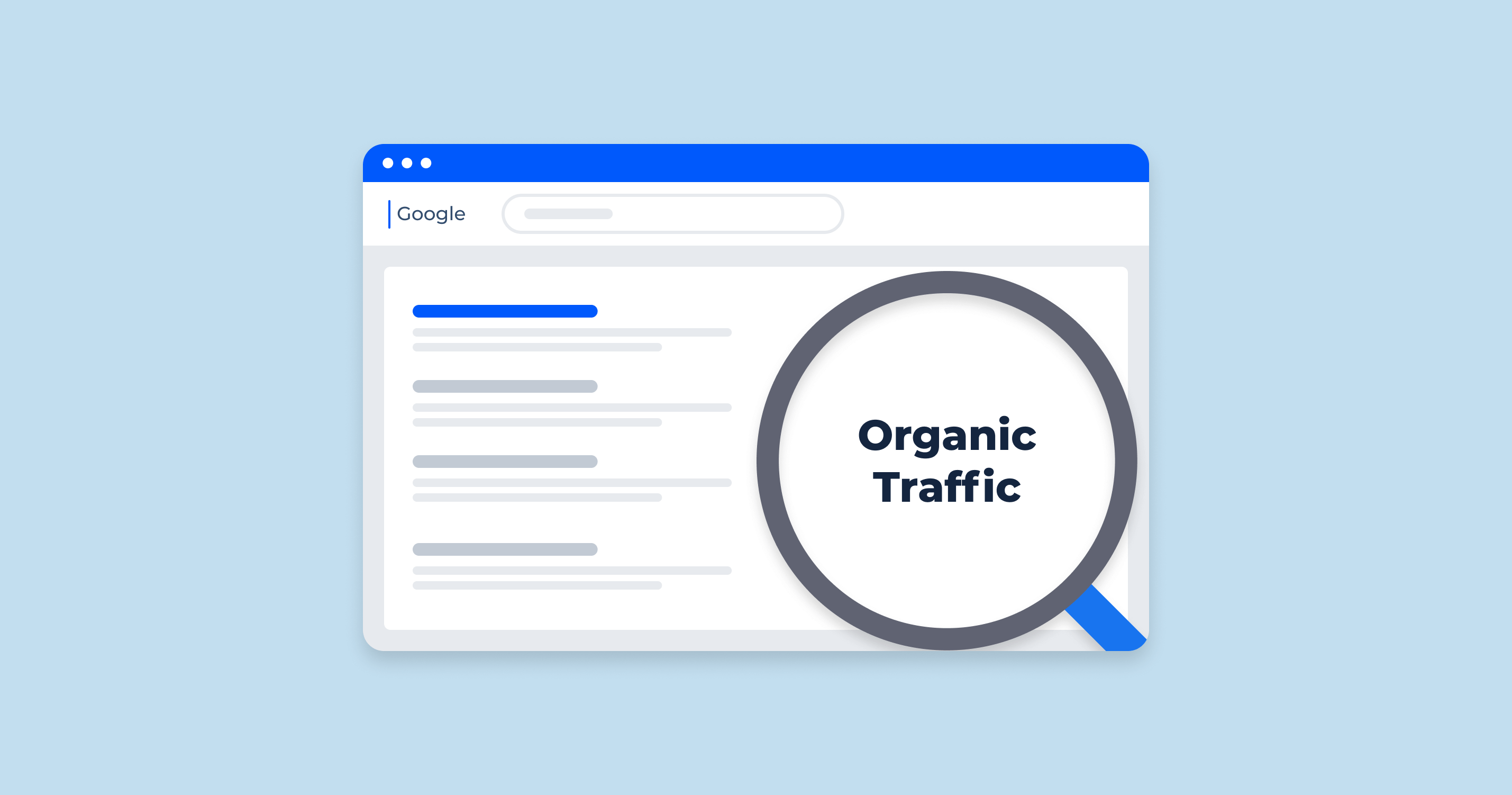
From the intricacies of keyword optimization to the nuances of user experience, we’ve got you covered. So, let’s embark on this journey together. By the end, you’ll have more than just knowledge; you’ll have a clear action plan for SEO success.
From the intricacies of keyword optimization to the nuances of user experience, we’ve got you covered. So, let’s embark on this journey together. By the end, you’ll have more than just knowledge; you’ll have a clear action plan for SEO success.
Part 1: Essential SEO Tips for E-Commerce Stores
1. Optimize Product Descriptions: Craft unique, keyword-rich product descriptions. Ditch the generic manufacturer text; go for original, engaging content that speaks to your customers and search engines.
2. Embrace Long-Tail Keywords: These less competitive, highly specific keywords can be a goldmine. They align closely with user intent and can drive more qualified traffic to your store.
3. Boost Site Speed: A slow site is a big no-no. Compress images, streamline code, and utilize caching. Faster load times improve user experience and can lift your search rankings.
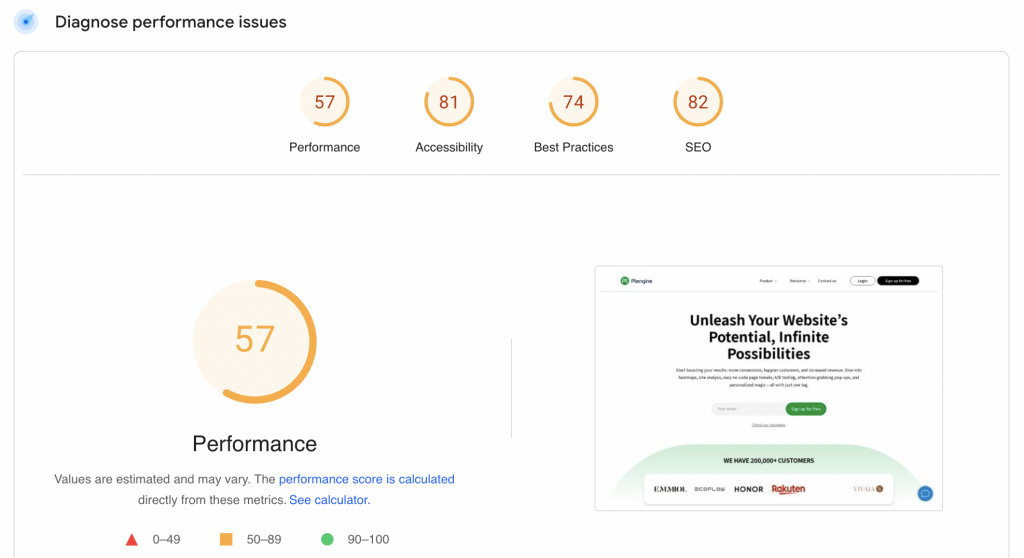
4. Prioritize Mobile Optimization: With more people shopping on smartphones, a mobile-friendly site isn’t just nice to have; it’s essential. Ensure your store is responsive and easy to navigate on all devices.
5. Use High-Quality Images and Videos: Crisp, clear images and videos not only entice customers but, when tagged with keyword-rich alt text, can improve your SEO.
6. Leverage User-Generated Content: Reviews and ratings don’t just build trust; they also keep your content fresh and relevant. Encourage customers to leave feedback.
7. SEO-Friendly URLs: Keep your URLs simple, readable, and keyword-rich. A clean URL structure helps search engines and users understand your page better.
8. Implement Schema Markup: This is like a secret handshake with search engines, providing rich snippets that can make your listings stand out in search results.
9. Create a Sitemap: It’s like a roadmap for search engines, guiding them through your site’s pages and content, ensuring better visibility and indexing.
10. Pick SEO-Friendly Themes: Not all themes are created equal. Choose one that’s optimized for speed and SEO, with clean code and fast loading times.
11. Update Content Regularly: Keep your site dynamic. Regular updates signal to search engines that your site is relevant and well-maintained.
12. Build Quality Backlinks: Links from reputable sites not only drive traffic but also boost your site’s credibility in the eyes of search engines.
13. Optimize for Voice Search: As voice searches grow, optimizing for conversational keywords can help you tap into this expanding audience.
14. Integrate Social Media: Use your social presence to drive traffic and build brand awareness. It’s a great way to complement your SEO efforts.
15. Blogging is Your Friend: A blog can drive traffic, build authority, and provide a platform for relevant, keyword-rich content.
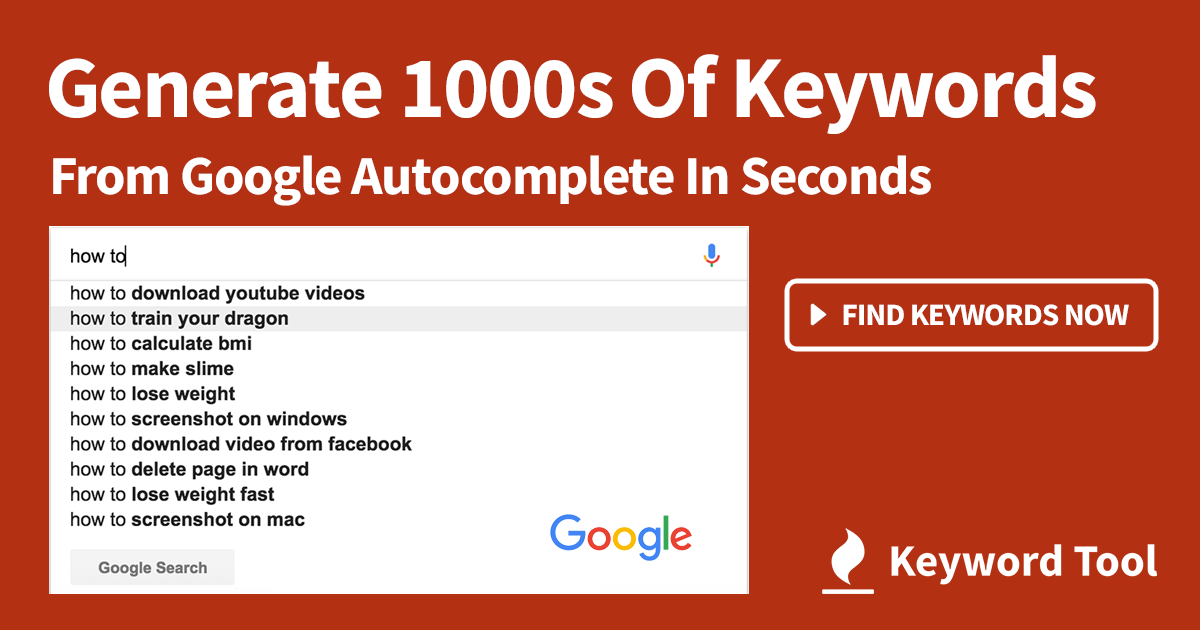
16. Don’t Ignore Local SEO: If you have a physical presence, local SEO can be a game-changer. Claim your Google My Business listing and get on local directories.
17. Harness Google Analytics and Webmaster Tools: These tools are your eyes and ears, offering valuable insights into your site’s performance and visitor behaviors.
18. Keep an Eye on the Competition: Understand what your competitors are doing right (or wrong), and learn from it. It’s about staying one step ahead.
19. Capitalize on Seasonal Trends: Tailor your SEO strategies to fit seasonal shopping trends and holidays relevant to your products.
20. Educate with Content: Create guides, tutorials, and educational content. This not only boosts SEO but also positions you as an authority in your niche.
Part 2: Top SEO Tools and Plugins for Shopify
Expanding your e-commerce store’s reach goes beyond just following best practices. It’s also about leveraging the right tools and plugins that can automate, analyze, and enhance your SEO efforts. Here’s a closer look at some of the top SEO tools and plugins for Shopify:
1. SEO Manager: This user-friendly app provides real-time feedback on your SEO, helping you make instant improvements. It includes features like keyword suggestions, Google result simulations, and alerts for any issues. Think of it as your personal SEO consultant, guiding you through the complex world of search optimization.
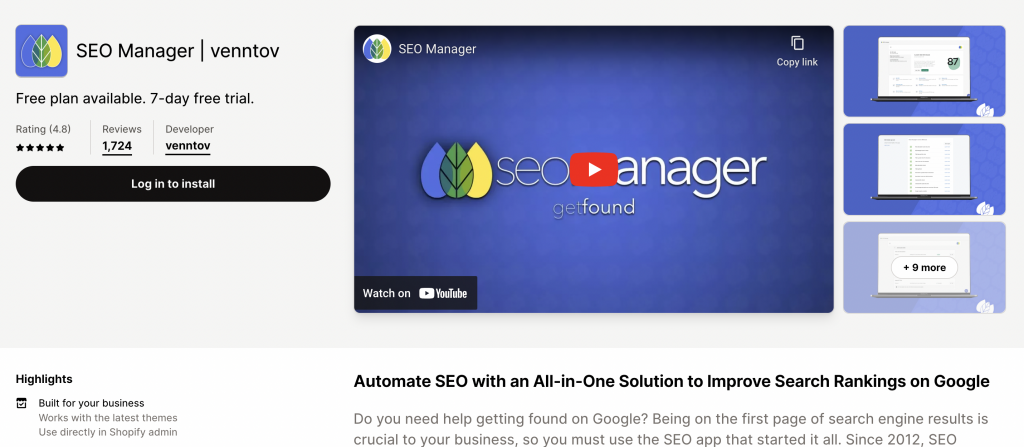
2. Plug in SEO: Ideal for those who need a comprehensive check-up of their store’s SEO health. Plug in SEO evaluates your entire site, highlighting issues like poor meta descriptions, improper headings, and slow loading images. It doesn’t just diagnose; it also offers solutions to fix these problems, ensuring your store is fully optimized for search engines.
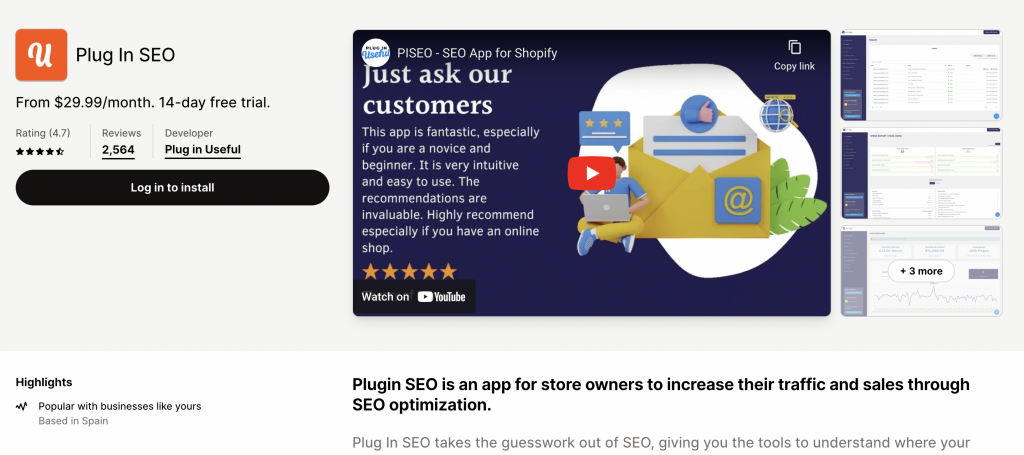
3. Smart SEO: Time-saving is at the heart of Smart SEO. It automates many mundane tasks like meta tag generation and fixing broken links. More than just a quick fix, it also assists with creating structured data (JSON-LD) for rich snippets, which are essential for standing out in search results.

4. SEO Booster: This all-in-one solution covers a wide range of SEO needs. From handling 404 errors to optimizing images and improving page speed, SEO Booster is like a Swiss Army knife for your e-commerce SEO. It’s particularly useful for stores with large inventories that need to manage SEO tasks at scale.
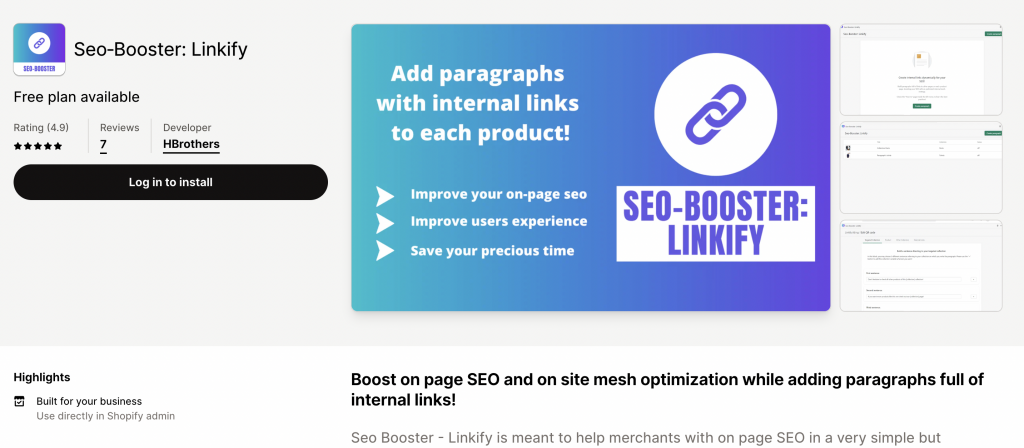
5. SEO Image Optimizer: Since e-commerce is highly visual, this tool focuses on optimizing your images. It automatically adjusts alt tags and file names, which can significantly improve your Google image search rankings. Considering how important visuals are in online shopping, this tool is a must-have for enhancing your store’s visual SEO.
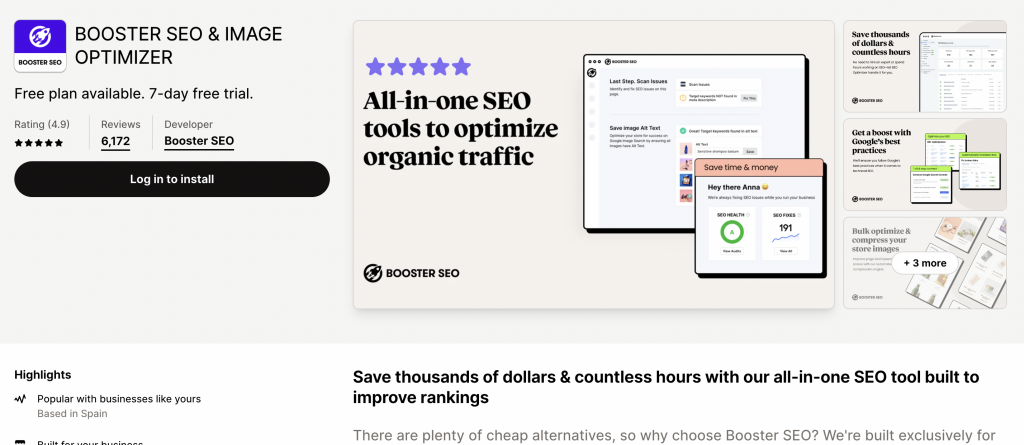
6. Yoast: A well-known name in the SEO world, Yoast offers an app for Shopify that brings its content analysis expertise to your store. It helps you write better product descriptions and blog posts by ensuring they are SEO-friendly. With Yoast, you can make sure your content is not just compelling but also search engine optimized.
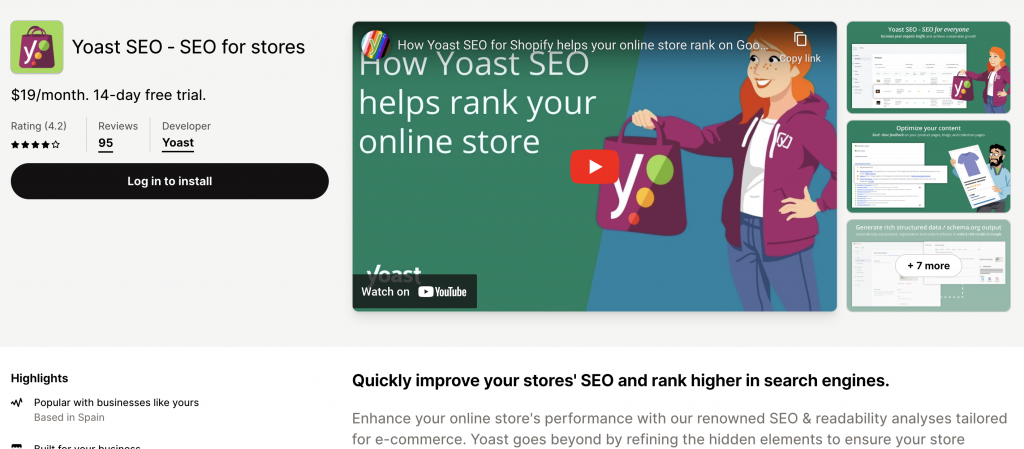
7. Ahrefs: While not a Shopify-specific tool, Ahrefs is a powerhouse for keyword research and backlink analysis. It provides deep insights into what keywords are driving traffic to your competitors and where their backlinks are coming from. This information can be crucial in shaping your own SEO strategy.

8. SEMRush: Another comprehensive tool, SEMRush offers a wealth of features, including site audits, keyword research, and competitor analysis. Its ability to track your rankings and identify opportunities for improvement makes it invaluable for any serious e-commerce SEO campaign.
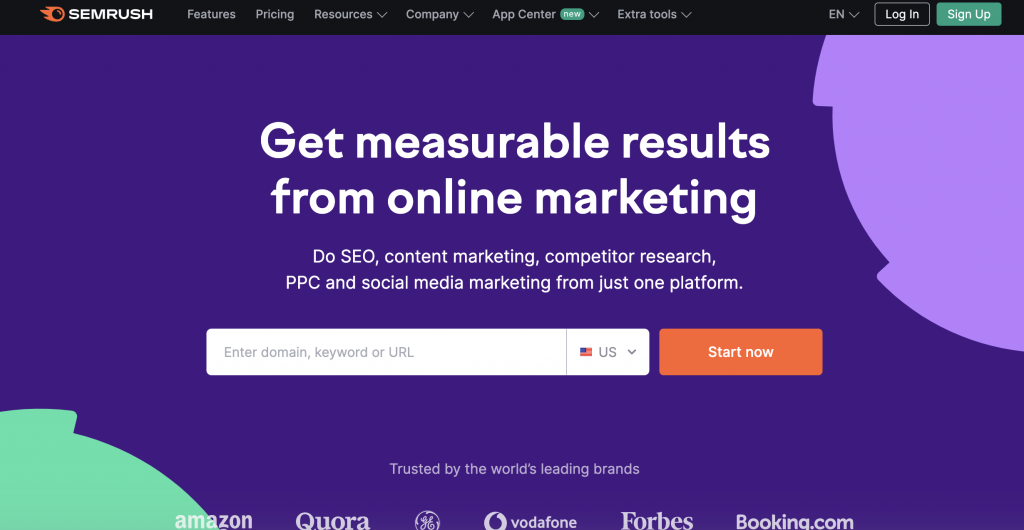
9. Google Analytics: Essential for tracking your website’s performance, Google Analytics offers insights into your visitors’ behavior, traffic sources, and much more. By understanding these analytics, you can fine-tune your SEO strategies for better results.
10. Google Search Console: This tool allows you to see your site as Google sees it. It shows the keywords you’re ranking for, identifies crawl errors, and even informs you if your site has been penalized. It’s crucial for monitoring your site’s presence in Google search results.
Part 3: SEO Case Study and Success Story
The power of a well-executed SEO strategy is best understood through real-world success stories. Let’s dive into a compelling case study of Beardbrand, an e-commerce store specializing in beard care products, to illustrate the transformative impact of SEO.
Beardbrand’s SEO Journey
The Challenge: Initially, Beardbrand struggled to gain visibility in the highly competitive market of men’s grooming products. Their main challenges were low organic search traffic and a lack of brand awareness.

The Strategy: Beardbrand decided to focus heavily on content marketing and SEO optimization. They began by identifying key long-tail keywords relevant to their niche, such as “beard grooming tips” and “best beard oils.” This was complemented by creating high-quality, informative blog posts and videos around these topics, aimed at answering specific questions their target audience had.
Implementation: They optimized their product pages with these keywords, ensuring that titles, descriptions, and images were all SEO-friendly. They also embraced user-generated content by actively encouraging customer reviews and incorporating them into their site.
The Results: Within a year, Beardbrand saw a dramatic increase in their organic search traffic. The focused use of long-tail keywords led to a 150% increase in organic traffic. Their content strategy not only improved their search engine rankings but also established Beardbrand as a thought leader in the men’s grooming space. This approach resulted in a substantial increase in sales, with a reported 80% of their revenue being attributed to their SEO and content marketing efforts.

Part 4: Common SEO Mistakes to Avoid
Navigating the SEO landscape can be tricky, especially for e-commerce websites. Being aware of common pitfalls is as important as knowing best practices. Here, we’ll delve into frequent SEO missteps and how to steer clear of them.
1. Ignoring Product Description SEO: Many e-commerce sites use generic descriptions or, worse, manufacturer-provided ones. This leads to duplicate content issues and misses an opportunity to target specific keywords. Solution: Craft unique, engaging descriptions for each product, infused with relevant keywords.
2. Overlooking Mobile Optimization: With a significant chunk of online shopping happening on mobile devices, not having a mobile-friendly site can severely harm your rankings. Solution: Implement a responsive design that ensures your site is easily navigable on any device.
3. Neglecting Image Optimization: High-quality images are essential for e-commerce sites, but large files can slow down your site. Solution: Compress images and ensure all images have descriptive, keyword-rich alt tags.
4. Poor Site Structure and Navigation: A confusing website layout can lead to a poor user experience and make it difficult for search engines to crawl your site. Solution: Design a clear, logical navigation structure. Use breadcrumbs and ensure your categories are well-organized.
5. Skipping Meta Descriptions and Title Tags: These elements are crucial for SEO, yet often overlooked. Default tags can be uninformative or too generic. Solution: Write compelling, unique meta descriptions and title tags for each page, incorporating relevant keywords.
6. Not Utilizing Analytics: Failing to monitor your site’s performance can keep you in the dark about what’s working and what’s not. Solution: Regularly review your site’s analytics to understand traffic patterns and user behavior, and adjust your SEO strategy accordingly.
7. Inconsistent NAP (Name, Address, Phone Number) on Listings: For stores with a physical presence, inconsistent NAP across online directories can harm local SEO. Solution: Ensure your business name, address, and phone number are consistent and up-to-date across all listings.
8. Lack of Quality Backlinks: Relying solely on internal SEO and neglecting backlink building can limit your site’s authority. Solution: Actively seek quality backlinks through collaborations, guest blogging, and creating shareable content.
9. Forgetting About User Experience (UX): SEO isn’t just about pleasing search engines; user experience plays a huge role. Solution: Focus on creating a pleasant, seamless shopping experience with fast load times, easy navigation, and clear calls-to-action.
10. Not Keeping Up with SEO Changes: SEO is dynamic, and what worked yesterday might not work today. Solution: Stay updated on SEO trends and algorithm updates, and be prepared to adapt your strategies accordingly.
Part 5: The Impact of User Experience (UX) on SEO
In the realm of e-commerce, the importance of User Experience (UX) in SEO cannot be overstated. A seamless, intuitive user experience is pivotal not just for keeping visitors on your site, but also for improving your search rankings. Let’s explore how UX impacts SEO and ways to enhance it.
1. Site Navigation and Structure: A well-organized site helps users find what they’re looking for effortlessly. This reduces bounce rates and increases the time spent on the site, both of which are positive signals to search engines. Tip: Use clear, logical categories and menus. Breadcrumb navigation can also aid in providing a clear path back to previous pages.
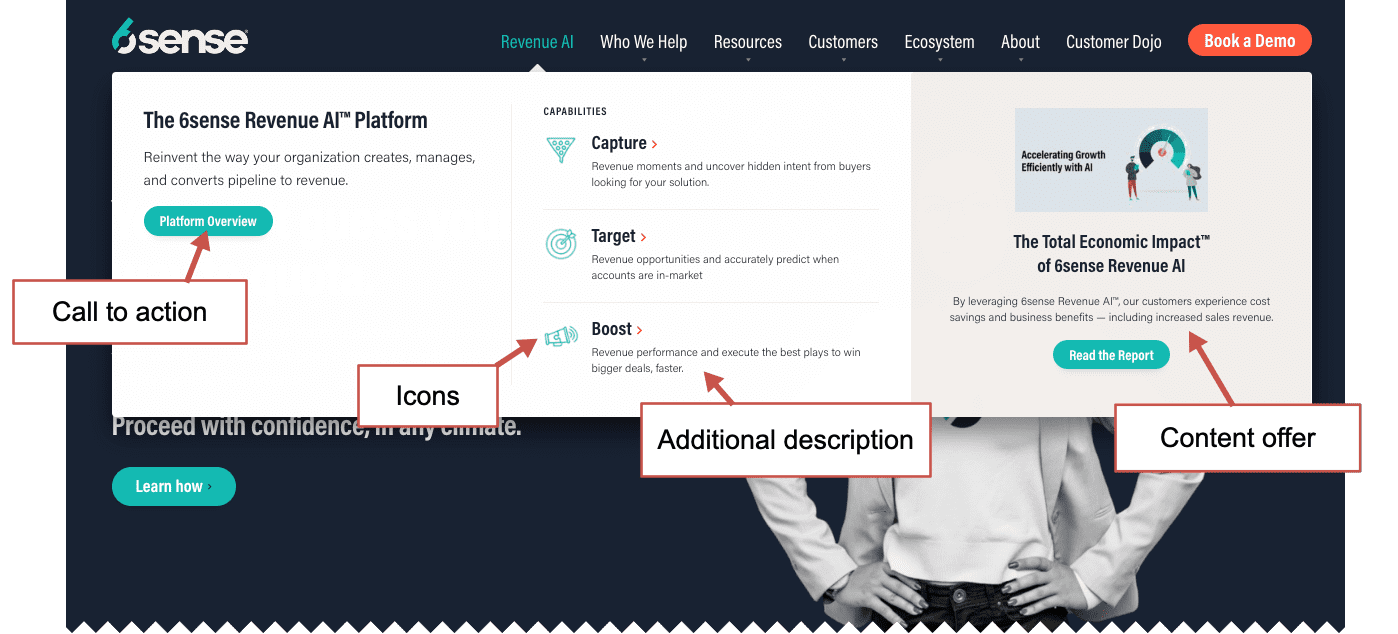
2. Mobile Responsiveness: Given the prevalence of mobile browsing, a mobile-friendly website is a must. Sites that aren’t optimized for mobile can suffer in both user experience and search rankings. Tip: Implement a responsive design that adapts to various screen sizes, ensuring a consistent experience across all devices.
3. Page Load Speed: Slow loading times are a major frustration for users and a negative ranking factor in search engines. Tip: Optimize images, minimize CSS and JavaScript, and leverage browser caching to speed up your site.
4. High-Quality Content: Content that’s informative, engaging, and relevant keeps users interested and on your site longer, reducing bounce rates. Tip: Regularly update your blog with helpful articles, guides, and product-related content. Use a conversational tone that resonates with your audience.
5. Clear Calls-to-Action (CTAs): CTAs guide users on what to do next, improving their overall experience. Ambiguous or hidden CTAs can lead to user frustration. Tip: Use prominent, clear CTAs. Test different colors and positions to see what works best.
6. Interactive Elements: Interactive features like product zoom, 360-degree views, or user reviews can significantly enhance the shopping experience. Tip: Incorporate interactive elements that make it easier for users to evaluate and select products.
7. Accessibility: Making your site accessible to all users, including those with disabilities, not only broadens your audience but also improves SEO. Tip: Use alt text for images, ensure your site is navigable via keyboard, and use clear, legible fonts.
8. Simplified Checkout Process: A complicated checkout process can lead to cart abandonment. Tip: Streamline the checkout process. Offer multiple payment options and make it easy to edit cart contents.
9. Internal Search Functionality: A robust internal search feature helps users find products quickly. Tip: Implement a smart search feature with auto-suggestions and filtering options.
10. Feedback and Continuous Improvement: Regularly collecting user feedback and making improvements based on it keeps your site aligned with user needs. Tip: Conduct user surveys, usability tests, and monitor site analytics to gather insights for continuous improvement.
Part 6: Frequently Asked Questions
- How Long Does It Take to See Results from SEO?
- SEO is a long-term strategy. Results can vary, but typically you might start seeing initial improvements within 3-6 months.
- Are Keywords Still Important in SEO?
- Yes, keywords remain vital. However, the focus has shifted from keyword density to relevance, context, and search intent.
- Is Blogging Essential for E-Commerce SEO?
- Absolutely. Regular blogging can boost your site’s content relevance and authority, driving more organic traffic.
- How Do I Choose the Right Keywords?
- Focus on keywords relevant to your products and audience. Use tools like Google Keyword Planner, Ahrefs, or SEMRush for research.
- Does Social Media Affect SEO?
- While social media signals don’t directly impact search rankings, a strong social presence can drive traffic and enhance brand visibility, indirectly supporting SEO efforts.
- Why is Mobile Optimization Important for SEO?
- With the majority of internet browsing done on mobile devices, search engines favor sites that provide a good mobile experience.
- How Important are Backlinks in SEO?
- Very. Quality backlinks from reputable sites are a strong signal to search engines about the credibility and authority of your site.
- What’s the Difference Between On-Page and Off-Page SEO?
- On-page SEO involves optimizing elements on your website (like content and meta tags), while off-page SEO refers to actions taken outside your site (like backlinking).
- Can SEO Guarantee My Website Will Rank #1 on Google?
- No. SEO improves your chances of ranking higher, but no one can guarantee a #1 ranking due to the ever-changing and secretive nature of search engine algorithms.
- How Do I Measure the Success of My SEO Efforts?
- Use tools like Google Analytics and Google Search Console to track metrics such as organic traffic, search rankings, bounce rate, and conversion rates.
Conclusion
As we wrap up “The Ultimate SEO Playbook for Shopify and Beyond,” it’s clear that mastering SEO is an evolving journey, not a one-time task. The e-commerce world is fiercely competitive, and standing out requires a smart, consistent, and adaptable SEO strategy. From optimizing product descriptions to leveraging powerful tools, we’ve covered a spectrum of strategies designed to boost your online presence and drive meaningful traffic to your store.
Remember, SEO is about understanding your audience as much as it’s about understanding algorithms. By creating a user-centric experience, you not only satisfy search engines but also build a loyal customer base. The integration of high-quality content, mobile optimization, and user experience design are not just SEO tactics; they are cornerstones of a thriving e-commerce store.
Moreover, the world of SEO doesn’t stand still, and neither should you. Staying informed about new trends, algorithm updates, and emerging tools is crucial. Adaptability is key. The case studies and FAQs we explored provide real-world insights and answers to common queries, offering a practical perspective to your SEO journey.
While tools and plugins offer significant assistance, they are facilitators, not magic wands. The real magic lies in your strategy, execution, and continuous improvement. Whether it’s refining your keyword approach, enhancing site speed, or building quality backlinks, every step you take should be aimed at providing value to your customers and making your site more accessible to search engines.
In closing, approach SEO with a mindset of growth and learning. The efforts you put in today will lay the foundation for your store’s future success. Embrace the challenges, celebrate the small victories, and always keep an eye on the horizon for new opportunities to grow and excel. Your path to SEO mastery is a journey worth embarking on, and with the tips, tools, and guidance from this playbook, you’re well-equipped to navigate this journey with confidence and expertise.